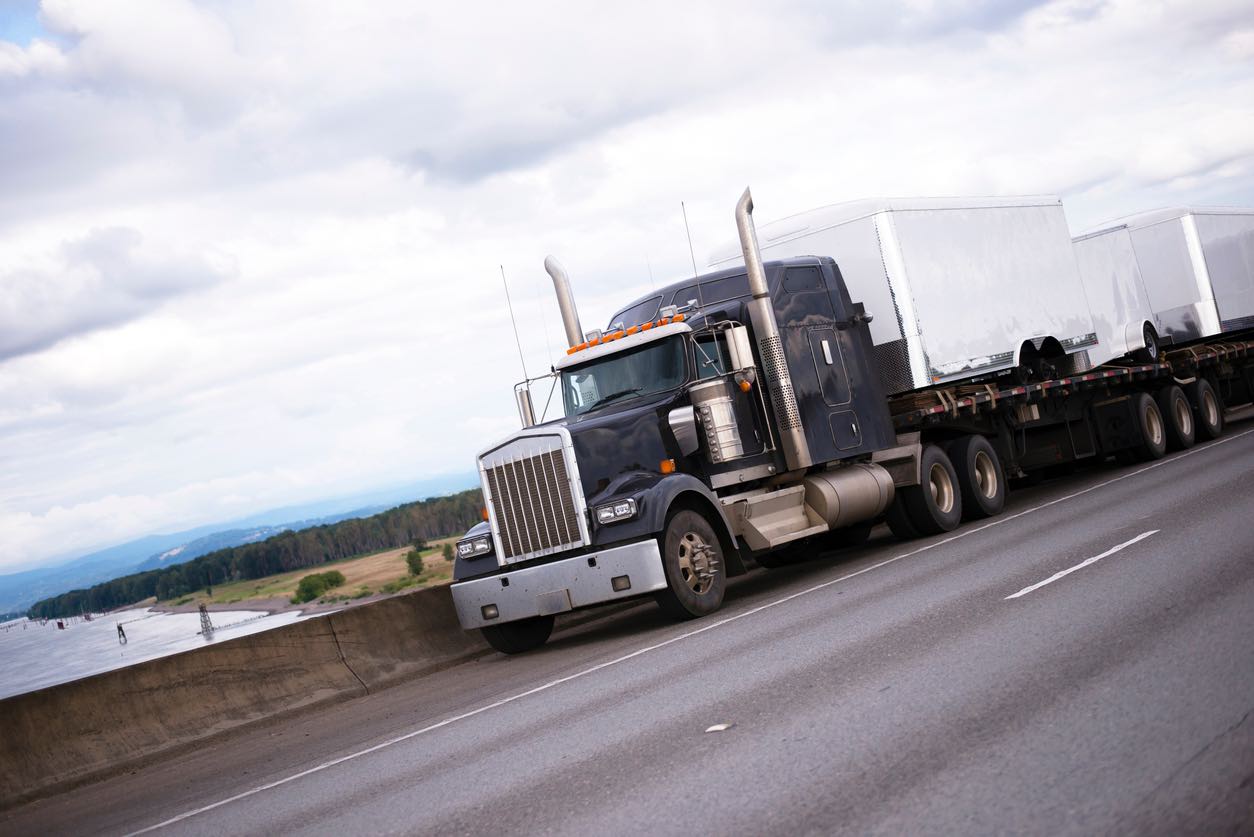Not only is shipping a car without wheels difficult, but most auto carriers would rather avoid this logistical conundrum. The complexity of moving a vehicle that cannot roll onto a transport truck necessitates innovative solutions and a deep understanding of the transportation industry. This blog post goes into the specifics of transporting wheel-less cars throughout the US, clarifying the procedure and providing advice on how Ship A Car, Inc. can easily handle such challenges. In addition to the actual transportation, the process requires careful planning and coordination to guarantee that these stationary vehicles get at their destination in a safe and effective manner.
Transportation of a car without wheels presents a number variety of difficulties that extend beyond loading and unloading. When standard transport techniques are rendered useless, carriers are forced to think creatively and employ unusual tactics. In addition to pushing the envelope in terms of logistics, this scenario calls for a high degree of skill and creativity from the transport company. In this regard, Ship A Car stands out as a trailblazer, using its vast network and knowledge to offer solutions that streamline the challenges associated with transporting cars without wheels. We hope that by providing a thorough review of this particular facet of auto transport in our article, car owners will be better equipped to deal with such circumstances.

Understanding the fundamental procedures included in the typical transport process is the first step towards navigating the technicalities of vehicle transportation. This section explains the key steps in loading and unloading cars, providing information on the methods and tools needed to guarantee a secure and effective transfer of vehicles onto carriers. Knowing these fundamentals helps to clarify the car shipping process and emphasizes the significance of certain vehicle features during it.
The Basics of Vehicle Loading and Unloading
The safe and effective delivery of automobiles to their destinations is largely dependent on the procedure of loading and unloading vehicles onto auto transport carriers. This main technique, which is as simple as it seems but essential for a seamless transport process, is driving the cars up a ramp and onto the truck. This is the fastest and least expensive approach for operating cars, reducing the need for specialized handling or additional equipment. It perfectly balances simplicity and efficiency, setting an example for the industry standard practice.
Winches become a vital tool for cars that aren’t now in operating order but may still roll, brake, and steer. These mechanical devices are skilled at compensating for the lack of engine power by dragging cars onto the transport truck. The range of vehicles eligible for auto transport services is increased by the use of winches, which guarantee that even non-operational vehicles may be transported with relative ease. A significant change in the auto transport industry is the addition of winch technology, which makes a wider range of car types compatible with standard transport protocols.

Transporting a car without wheels presents a number of logistical difficulties that are beyond the scope of conventional auto transport providers. Because the traditional techniques of loading cars onto transporters are impractical in this situation, specialized handling and equipment are required. We will examine the subtleties of these issues and how they affect the immobile vehicle transportation procedure in this section.
The Challenge at Hand
A car without wheels is a logistical conundrum as well as a transportation problem. These vehicles cannot be conventionally driven or winched onto transport trucks if they are not able to roll. Due to the elimination of the most effective and widely utilized loading techniques, this restriction greatly complicates the shipping procedure. Consequently, a lot of vehicle shippers are reluctant to take on these kinds of operations because of the added complexity, hazards, and possibility of damage. Owners of automobiles without wheels are left in a difficult situation when a carrier is unwilling to take on the work due to this reluctance.
Addressing Special Equipment Needs
When shipping a vehicle without wheels, special tools are required to hoist the vehicle onto the transport truck, usually a forklift or a crane. This requirement presents a significant hurdle for both vehicle owners and transport companies, as not all possess access to such equipment. Additionally, the requirement for specialized equipment raises the expense and complexity of shipment, which deters standard carriers from choosing it as a viable choice. It also raises questions about the security and safety of the automobile throughout the loading and unloading procedure since poor handling might cause harm to the body or underside of the car.
Coordinating Pickup and Delivery
Picking up and delivering a car without wheels requires careful preparation and coordination. The staff and equipment required to load and unload the vehicle safely must be available at both the pickup and delivery sites. In order to guarantee a seamless shipping procedure and to avoid any delays or issues, cooperation is essential. The shipping procedure is made more complicated by the requirement for specialized equipment at both ends of the trip, which frequently forces car owners to make arrangements for equipment rental or look for service providers with the necessary capabilities.
Overcoming Regulatory Hurdles
Regulations pertaining to the transportation of cars without wheels may also provide challenges because of the unusual nature of the shipment, which may call for the need for additional permissions or compliance with certain transportation laws. The planning and execution of transporting a wheel-less vehicle might become even more difficult due to the variations in these regulatory requirements that may exist between states or municipalities. The necessity of careful planning and experience with such particular shipping concerns is further highlighted by the fact that compliance with these standards is crucial to avoiding penalties, delays, and legal problems.
All things considered, transporting a car without wheels is complicated and needs specialized tools, close planning, and a deep comprehension of legal requirements. These difficulties call for a shipping partner who can manage the logistical and legal complexities involved in transporting immobile vehicles in addition to being physically strong enough to meet the task’s demands.

Transporting a car without wheels comes with special difficulties that need original thinking and workable solutions. In this case, traditional techniques for loading and unloading cars onto transport carriers are impractical, requiring the use of other strategies to guarantee efficient and safe transportation. This section examines the options accessible to people and companies who must ship wheel-less cars, emphasizing the value of creative transportation strategies as well as the tools and planning required for a smooth transition.
Innovative Transportation Methods
For moving cars without wheels, flatbed trucks and forklifts come into their own when conventional loading techniques aren’t an option. This technique is unique in that it can handle cars in different degrees of immobility, making it possible to lift them securely and transfer them to the transport vehicle.
- Flatbed Haulers: Flatbed carriers for shipping inop vehicles, as opposed to regular auto transport trucks, provide a flexible platform for transporting cars that are unable to roll onto the carrier on their own. Flatbeds are a great option for wheel-less vehicles because they offer a level, clear surface that makes it easier to utilize forklifts or cranes to transfer the vehicle onto the transporter. This method, however, requires careful attention to detail during loading and unloading in order to avoid damaging the automobile.
- Forklifts at Pickup and Delivery Locations: It is essential to have access to a forklift when loading and unloading a vehicle without wheels at both the origin and destination. This technology eliminates the need for the vehicle to roll by enabling precise lifting and placement onto the flatbed carrier. In order to guarantee that a forklift is available and ready to use, shippers must make advance arrangements with the pickup and delivery sites. Failure to do so might cause the entire transport process to fall apart.
Transporting a vehicle without wheels requires careful preparation and the appropriate equipment. Shippers can handle the challenges of moving automobiles without wheels by using flatbed transporters and making sure forklifts are available at both ends of the journey. These creative solutions not only solve a difficult situation, but they also guarantee the integrity and safety of the car throughout transportation.

The logistics and solutions that are available can rapidly become overwhelming when shipping a car without wheels. Ship A Car, Inc. shows itself as a ray of hope, skillfully and quickly handling the challenges of these unique shipments. This section explores how the company sets itself apart by skillfully managing the difficulties associated with shipping wheel-less automobiles and giving clients confidence and dependable solutions.
Bridging the Gap for Complex Shipments
Ship A Car is an expert in handling the complexities of shipping cars that are rendered undriveable because they lack wheels. Recognizing that conventional loading techniques are out of the question, the business intervenes with a strong plan. Ship A Car, Inc. makes sure every vehicle is carried securely and effectively by building strong client relationships and utilizing its vast network of professional carriers. This cooperative strategy greatly reduces the obstacles related to complicated shipping, making the seemingly insurmountable task attainable.
They frequently can help with the loading if you’re shipping a car from an auction house like Manheim or Copart and need assistance. This collaboration makes the first part of the transportation process a lot easier, demonstrating the company’s flexibility in handling different situations and making the most of its resources to help the customer.
To Sum Up
Shipping a car without wheels comes with a number of restrictions and logistical difficulties. However, SAC shows that these challenges may be overcome with the correct knowledge and a committed team. Despite the apparent constraints, the company’s strategy combines expertise, experience, and strategic alliances to deliver solutions that are dependable and realistic, making sure that every car reaches its destination safely.

Choosing Ship A Car, Inc. for your vehicle transport needs is choosing to work with a business that is devoted to overcoming even the most difficult shipping obstacles. This dedication is demonstrated by the business’s outstanding performance history, which is bolstered by a large number of five-star client testimonials and an A+ rating from the Better Business Bureau (BBB). Such honors establish Ship A Car, Inc. as the go-to option for car transportation in every situation and are a tribute to the company’s constant commitment to providing high-quality service and client satisfaction. Ship A Car transport coordinators are available by at (866) 821-4555 to relocate your vehicle right away, regardless of the reason why your vehicle is unable to operate properly.
Q: Is it possible to ship a vehicle that does not have wheels across state lines?
A: The answer is yes; but, in order to load and unload the vehicle, it is necessary to have a flatbed carrier and maybe a forklift at both the pickup and destination locations.
Q: What actions should I take if I do not have access to a forklift?
A: You will need to explore other options, such as collaborating with tow companies that are able to put the vehicle onto a carrier or locating a local agency that is able to supply a forklift or crane. However, the easiest solution is to just call Ship A Car.
Q: What are the ways in which Ship A Car, Inc. makes it easier to ship cars that do not have wheels?
A: Ship A Car, Inc. works closely with both clients and carriers to ensure that all of the required equipment and coordination is in place for loading and unloading, so ensuring that the operation is as seamless as it can possibly be.




